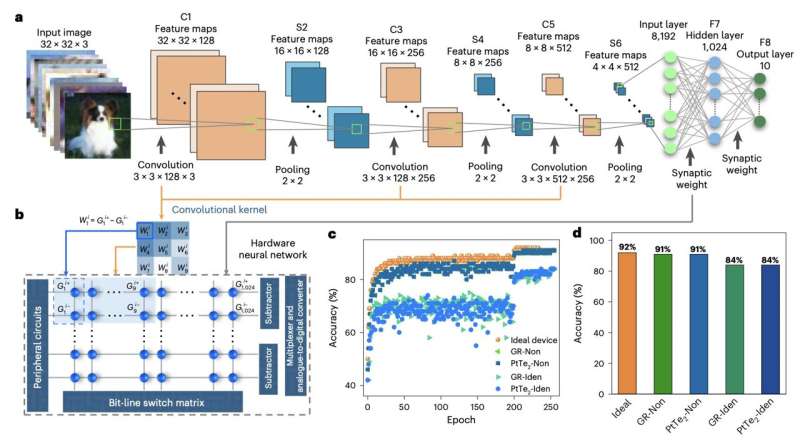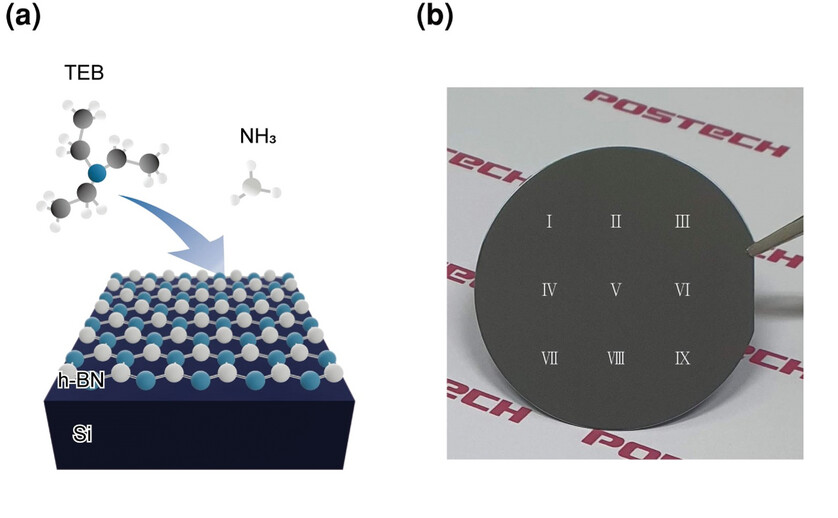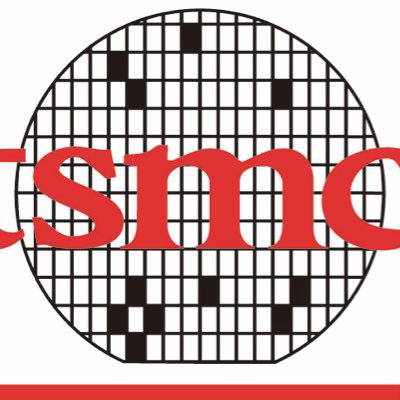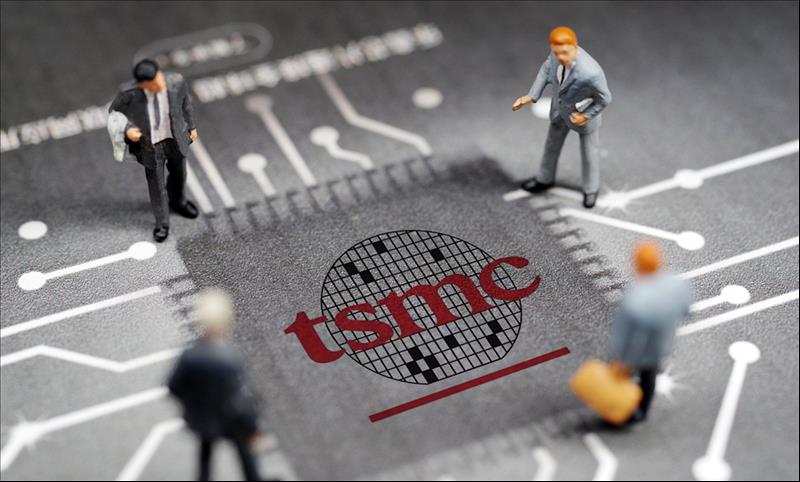TarKG: a comprehensive biomedical knowledge graph for target discovery
Cong Zhou 1, Chui-Pu Cai 2, Xiao-Tian Huang 1, Song Wu 1, Jun-Lin Yu 1, Jing-Wei Wu 1, Jian-Song Fang 3, Guo-Bo Li 1 Abstract Motivation: Target discovery is a crucial step in drug development, as it directly affects the success rate of clinical trials. Knowledge graphs (KGs) offer unique advantages in processing complex biological data…
Continuous GNN-based Anomaly Detection on Edge using Efficient Adaptive Knowledge Graph Learning
Sanggeon Yun, Ryozo Masukawa, William Youngwoo Chung, Minhyoung Na, Nathaniel Bastian, Mohsen Imani The increasing demand for robust security solutions across various industries has made Video Anomaly Detection (VAD) a critical task in applications such as intelligent surveillance, evidence investigation, and violence detection. Traditional approaches…
The 23 Most Dangerous Cars On The Road
This is not a topic directly related to AI, but is posted as a topic that is indirectly related. Accoroding to iSeeCars study that analyzed data from the U.S. Fatality Analysis Reporting System (FARS), the fatal accident rate is now…
Knowledge Graph market expected to grow rapidly
Maximize Market Research (MMR) has released a report on the North American knowledge graph market. The report says: The Knowledge Graph Market size was valued at USD 1.06 Billion in 2023 and the total Knowledge Graph revenue is expected to…
Artificial Intelligence, Scientific Discovery,and Product Innovation*
Aidan Toner-Rodgers†MITNovember 6, 2024 This paper examines AI’s impact on innovation by introducing a new materials discovery technology to 1,018 scientists. AI-assisted researchers discovered 44% more materials, leading to a 39% increase in patent filings and a 17% rise in…
Microsoft Launches Multi-Agent AI System Magentic-One
On November 4, Microsoft announced “Magentic-One,” an AI system composed of five agents. This system can plan and execute complex multi-step tasks, such as writing code or ordering food, offering capabilities beyond traditional generative AI chatbots. Magentic-One consists of the…
Unique memristor design with analog switching shows promise for high-efficiency neuromorphic computing
Researchers at Wuhan University have developed advanced memristors featuring analog switching and high on/off ratios, utilizing two-dimensional van der Waals metallic materials as cathodes. These memristors employ silver as the top anode and indium phosphorus sulfide as the switching medium.…
Attojoule Hexagonal Boron Nitride-Based Memristor for High-Performance Neuromorphic Computing
Researchers have developed hexagonal boron nitride (h-BN)-based metal-insulator-semiconductor (MIS) memristors that operate at attojoule energy levels, aiming to enhance energy efficiency in neuromorphic computing. These memristors are fabricated using metal–organic chemical vapor deposition (MOCVD) to grow a uniform h-BN resistive…
TSMC (TSM) Reports Slower Sales Growth Amidst AI Chip Demand Concerns
Recent financial reports from TSMC indicate that the company’s consolidated revenue for October reached NT$314.24 billion, marking a 29.2% year-over-year increase. This growth rate, however, has decelerated from September’s 39.6% rise, raising concerns about the sustainability of AI chip demand.…
TSMC’s 7Nm Chip Ban Targets China’s AI Chipmakers
Taiwan Semiconductor Manufacturing Company (TSMC), the world’s largest contract chipmaker, has announced that starting November 11, 2024, it will cease supplying 7-nanometer and smaller semiconductors to Chinese clients producing artificial intelligence (AI) chips and graphics processing units (GPUs). This decision…


 High-Income AI Skills to Master by 2025 – Insights from 3 YouTube Videos
High-Income AI Skills to Master by 2025 – Insights from 3 YouTube Videos Comparative Analysis: Devin AI vs Replit Agent
Comparative Analysis: Devin AI vs Replit Agent Major AI Developments in April 2025
Major AI Developments in April 2025 Fujitsu–RIKEN 256-Qubit Superconducting Quantum Computer: A Comprehensive Analysis
Fujitsu–RIKEN 256-Qubit Superconducting Quantum Computer: A Comprehensive Analysis Summary of Nexus – Part III: The Computer Politics
Summary of Nexus – Part III: The Computer Politics Stanford University’s 2025 AI Index Report – Summary of Key Findings
Stanford University’s 2025 AI Index Report – Summary of Key Findings Replit Agent’s Rampage Can Wipe Out Days of Work! – Techniques to Prevent Such Tragedy
Replit Agent’s Rampage Can Wipe Out Days of Work! – Techniques to Prevent Such Tragedy Evolution of AI Models (Jan–Mar 2025)
Evolution of AI Models (Jan–Mar 2025)















